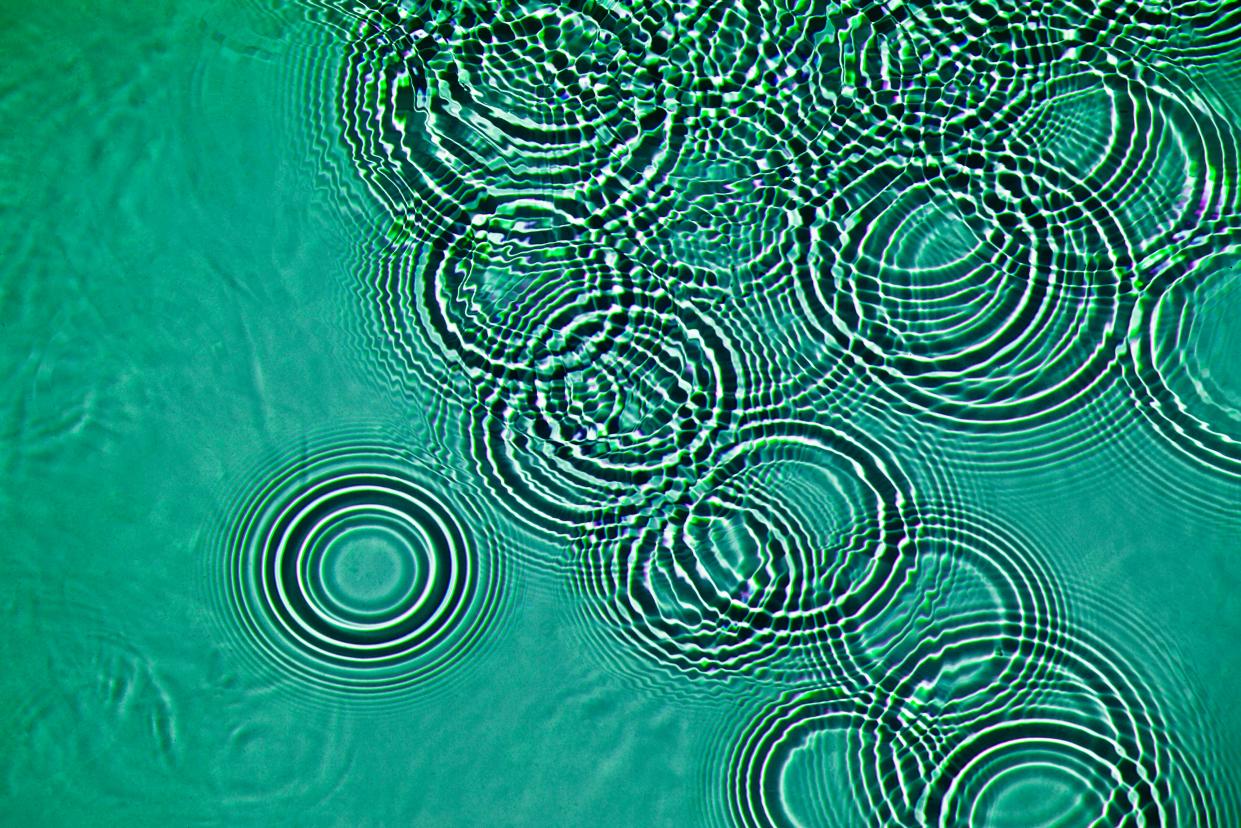Scientists measure shortest unit of time ever - a 'zeptosecond'

Most of us think of a microsecond or a nanosecond as being about as brief as time measurements get - but German scientists have gone quite a bit better.
This week, atomic physicists measured a process that lasted 247 zeptoseconds, the shortest timespan ever successfully measured.
A zeptosecond is 0.000000000000000000001 of a second – far shorter than the previous shortest time interval, a femtosecond. A femtosecond equals 0.000000000000001 seconds.
Researchers measured the passage of a photon across a molecule, using a technique involving X-rays and rippling waves.
Read more: Here’s why we measure time in seconds (and why seconds are the length they are)
Atomic physicists at Goethe University, led by Professor Reinhard Dörner, measured how long it takes for a photon to cross a hydrogen molecule.
The researchers used a hydrogen molecule (H2) that they irradiated with X-rays from the synchrotron light source PETRA III in Hamburg.
They set the energy of the X-rays so that one photon was sufficient to eject both electrons out of the hydrogen molecule.
Using the fact that electrons behave like particles and waves simultaneously, they measured the waves emitted from them.
Read more: What are fast radio bursts, and why do they look like aliens?
The photon behaved here much like a flat pebble that is skimmed twice across the water: when a wave trough meets a wave crest, the waves of the first and second water contact cancel each other, resulting in what is called an interference pattern.
The scientists measured the interference pattern of the first ejected electron using the COLTRIMS reaction microscope, an apparatus that Dörner helped develop and which makes ultrafast reaction processes in atoms and molecules visible.
Using this, they were able to precisely measure the time between when the photon reached one particle and the next.
Sven Grundmann, whose doctoral dissertation forms the basis of the scientific article in Science, said: “Since we knew the spatial orientation of the hydrogen molecule, we used the interference of the two electron waves to precisely calculate when the photon reached the first and when it reached the second hydrogen atom.
“This is up to 247 zeptoseconds, depending on how far apart in the molecule the two atoms were from the perspective of light."
Read more: Astronomers find closest black hole to Earth
In 1999, Egyptian chemist Ahmed Zewail received the Nobel Prize for measuring the speed at which molecules change their shape.
He founded femtochemistry using ultrashort laser flashes: the formation and breakup of chemical bonds occurs in the realm of femtoseconds.
The process analysed by the Goeth University scientists is shorter than femtoseconds by magnitudes.



